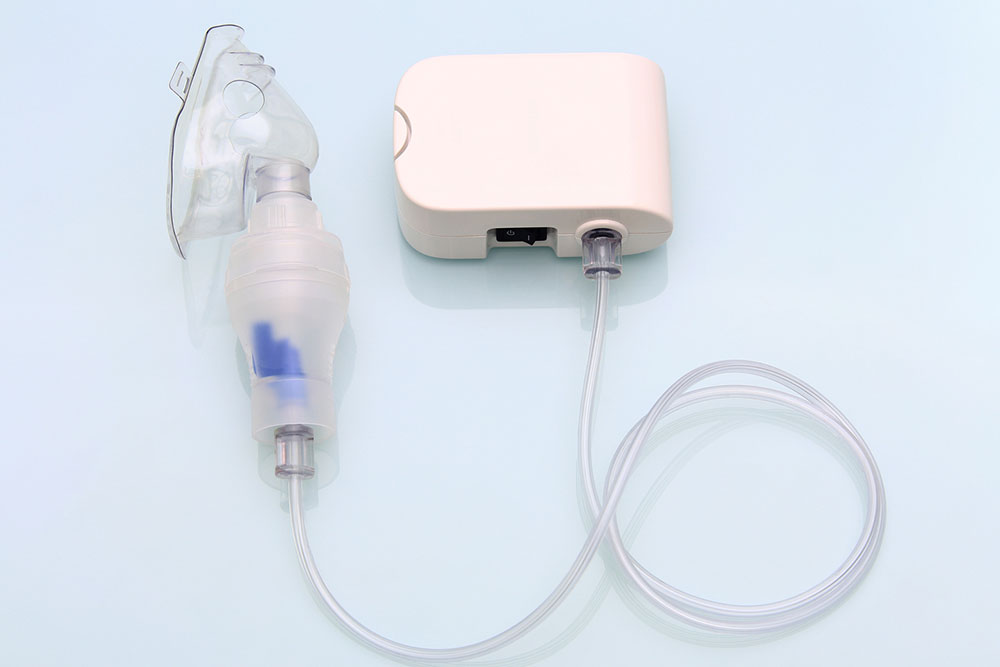5 clear signs of halitosis

Halitosis, commonly known as bad breath, is a prevalent concern usually brought on by certain foods, health conditions, and habits. Persistent bad breath can impact social interactions. Often, one may not be aware that they have halitosis, as their own senses adapt to the symptoms over time. So, recognizing its signs is the first step toward addressing this concern. Here is a look at the top signs of the condition: Persistent unpleasant odor One of the most prominent signs of halitosis is a persistent and unpleasant odor arising from the mouth. This odor often lingers despite regular brushing and oral hygiene practices. It is crucial to distinguish between temporary bad breath, which can be caused by pungent foods, and the long-lasting, foul breath associated with halitosis. Lingering bad taste Those with halitosis often complain of a persistent, unpleasant taste in their mouths. This taste may be described as metallic, bitter, or foul. It can linger throughout the day and may intensify after having certain foods or beverages. Dry mouth Saliva plays a crucial role in maintaining oral health by rinsing away food particles and neutralizing acids produced by bacteria. When the mouth does not produce enough saliva, a condition known as xerostomia or dry mouth can occur.






